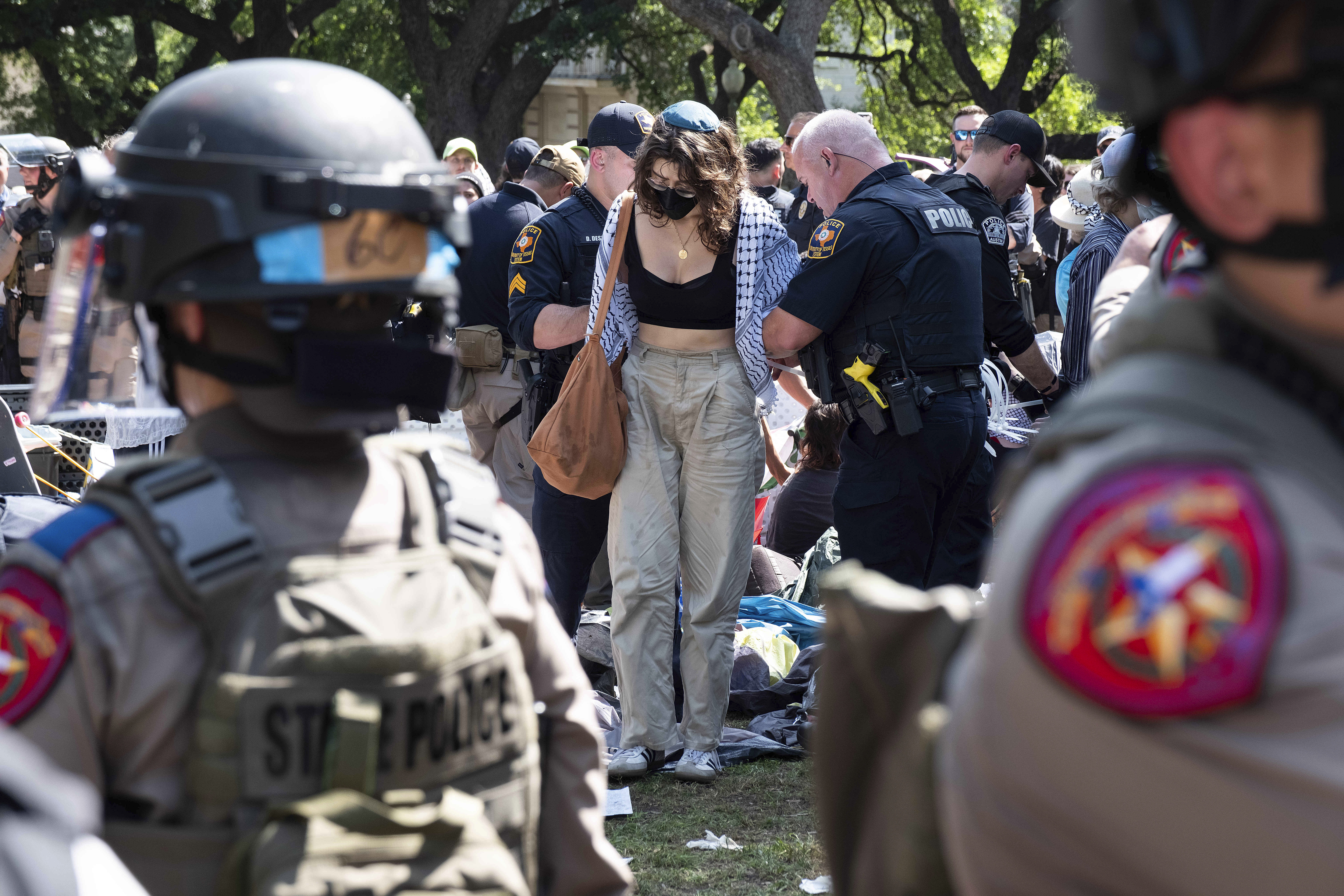ustxtxb_obs_2010_03_05_50_00023-00000_000.pdf
Page 31
ings, presumably to block distracted children’s views of the playground. I found myself wondering how long it would take for the school to be torn down, for the last of the elder Barthelme’s buildings to be erased. But the father lives on in his son’s work. Some of Barthelme’s best stories take place in schools. It’s almost as if his dramatic reference point, his primal scene, is a moment of learning and adjusting one’s attitudes toward the world. In “The School,” a teacher chronicles the deaths of a half-dozen class pets, crescendoing to the deaths of several parents and a fatal accident involving two students. The story ends with a class discussion \(“And they said, is death that which gives meaning to life? And I said, no, life is that which and his assistant, Helen, “as a demonstration” of the transcendence of life over death. A new gerbil arrives at the classroom, and the children cheer. Barthelme’s plots are about as straightforward as a Picasso portrait. So it’s not entirely surprising that in the early 1960s, Barthelme was the director of the Contemporary Arts Museum Houston, working in the afternoons and writing in the morning. The stories he wrote then became the basis of his breakthrough first book, Come Back, Dr. Caligari. In Barthelme’s day, the museum’s exhibits were in temporary, donated spaces. Now it’s in the posh museum district behind a shimmering metallic facade. Barthelme tended to see painting and sculpture as the most advanced and dynamic of the fine arts decades ahead of, say, fiction. At the museum, he collaborated with critic Harold Rosenberg, whose theory of abstract expressionism and interest in collage would inform Barthelme’s fiction. Barthelme’s work was often self-consciously abstract, interested in form at least as much as content, though always attempting a more perfect union of the two. In 1962, when Rosenberg offered the 30-year-old Barthelme a job at a new arts journal in New York, he took it. THE WRITER FOUND an eager audience and success in New York, winning a National Book Award and other recognitions. Meanwhile Houston boomed, flush with oil wealth, andbegan to earn a hard-won reputation as an artistic and cultural capital. The two were not reunited until 1981two marriages, 10 books, several moon landings, and 70-percent population growth later. My next stop was Barthelme’s papers in the M.D. Anderson Library at the University of Houston. The archive, acquired in 2005, represents the first solid claim the city has on Barthelme’s legacy. I browsed through fascinating, unfinished story drafts, including a collage piece called “Varieties of Outcry” featuring subtitles like, “The Cry Over Spilt Milk,” “The Appeal to Reason” and “The Call of the Wild,” all paired with Victorian-themed clip art. The work highlights the extent to which Barthelme’s trademark mishmash of ready-made cultural references, jokes, cliches and wry observations echoed the conceptual tradition since Duchamp. One former Barthelme home still stands in Houston: a gray duplex in a section of Montrose controlled by the Menil Collection. Barthelme knew Dominique de Menil, the oil heiress and art collector, as a fellow board member of the contemporary museum in the 1960s. While he’d been away, she had transformed his former neighborhood, installing her private art collection in a series of site-specific museums, then buying up nearby historic homes and painting them all the same color. Walking through the neighborhood, I was struck by the grandiosity of Menil’s gesturebut also by the refreshing contrast with the typical Houstonian disregard for urban planning. I could understand why Barthelme chose to live there upon his return from New York. It’s the sort of neighborhood that he left Houston to finda Village-like concentration of artists and freethinkers whose homes, lawns and sidewalks are living art projects. Barthelme died in 1989 at 58 after a brief battle with throat cancer. The service was in Rothko Chapel, the austere jewel of the Menil Collection named after abstract expressionist Mark Rothko. It’s unique to Houston, an interfaith space of worship and meditation with energy that contrasts starkly with the strip malls a few miles away in all directions. Menil believed that Rothko had elevated the formal play of modern art to a spiritual level rich enough to occupy a space normally reserved for idols, altars and religious scenes. By the time of his funeral, Houston was perhaps the only American city with a chapel solemn and secular enough to honor Barthelme’s commitment to understanding the world through aesthetics. This was my last stop. I reflected for a moment beneath the 14 black canvases. In the Observer article from 1960, Barthelme invoked “one of the traditional obligations in our role as the public, the obligation to neglect artists, writers, creators of every kind.” He added, “As far as I can see, neglect is proceeding at appropriate levels.” It’s easy to envision the frustration of a talented young writer in a city that lacked a reputable graduate writing program, hip contemporary art spaces, and the cultural prestige of institutions like the Menil Collection. Barthelme could have legitimately worried that, like his father’s buildings, his work would be overlooked and someday ignored by Houstonians. So he left for New York, where he found a ready audience. By the time he returned the proselytizing work of his youth had borne fruitHouston was becoming a major cultural center. The new, forwardthinking, self-renovating energy of Houston had begun to marry itself to Barthelme’s lifelong passion for art and ideas. Two decades later, Houston’s last traces of Barthelme’s personal history are almost gone. But his legacy is everywhere. CO Donald Barthelme PHOTO COURTESY UNIVERSITY OF HOUSTON “It is frequently painful for a Texan to decide that he is not, after all, a cowboy.” SEE ROBERT LELEUX’S column on the Rothko Chapel on p.27. READ BARTHELME’S short stories and more at tx1o.com/barth MARCH 5, 2010 THE TEXAS OBSERVER 23


